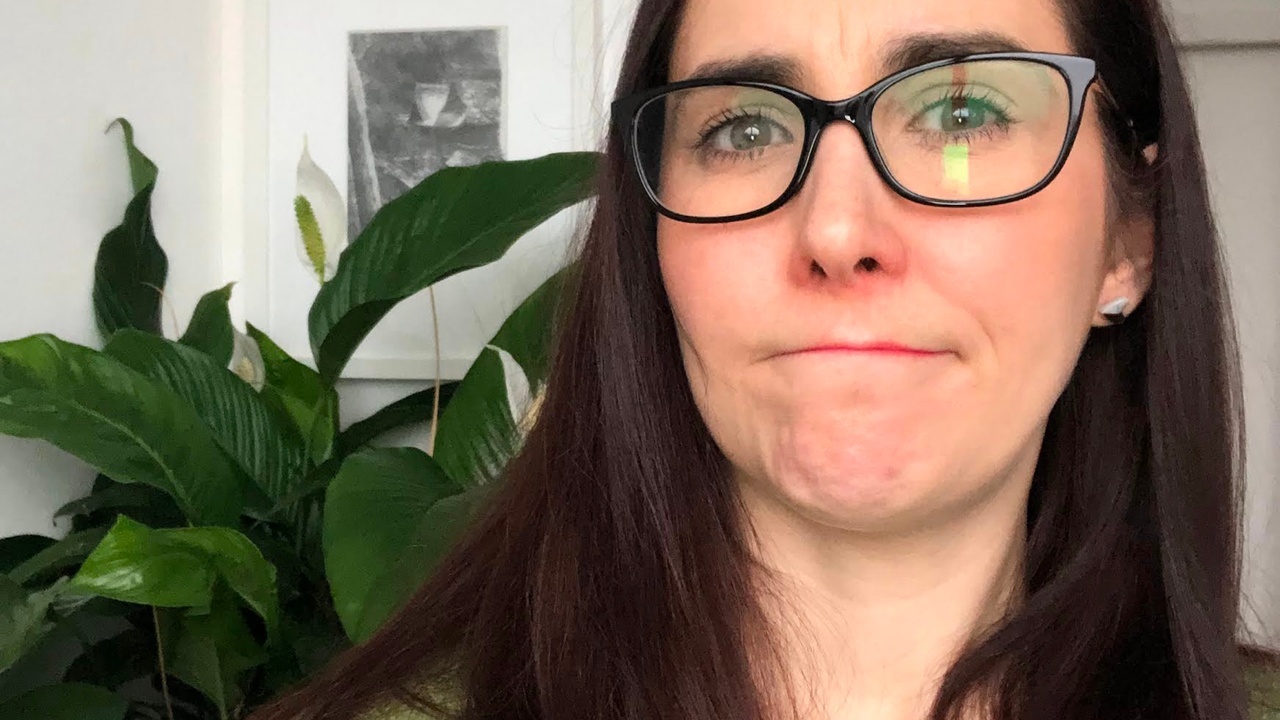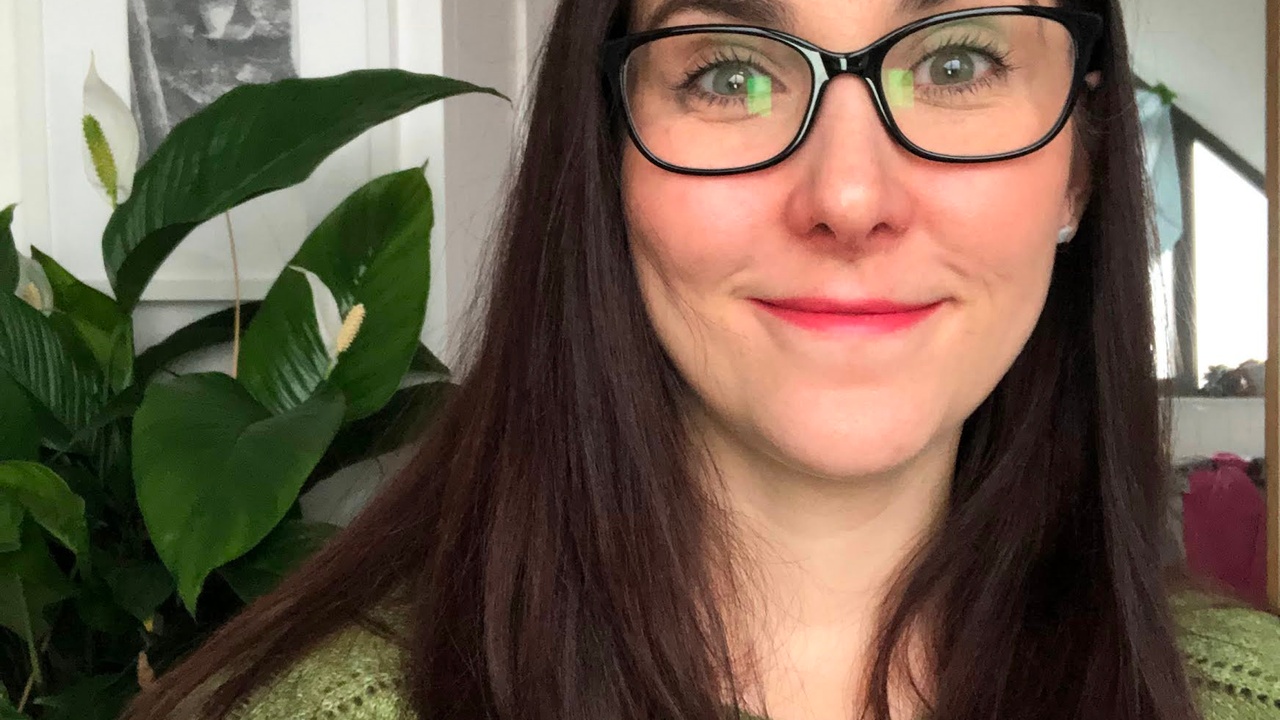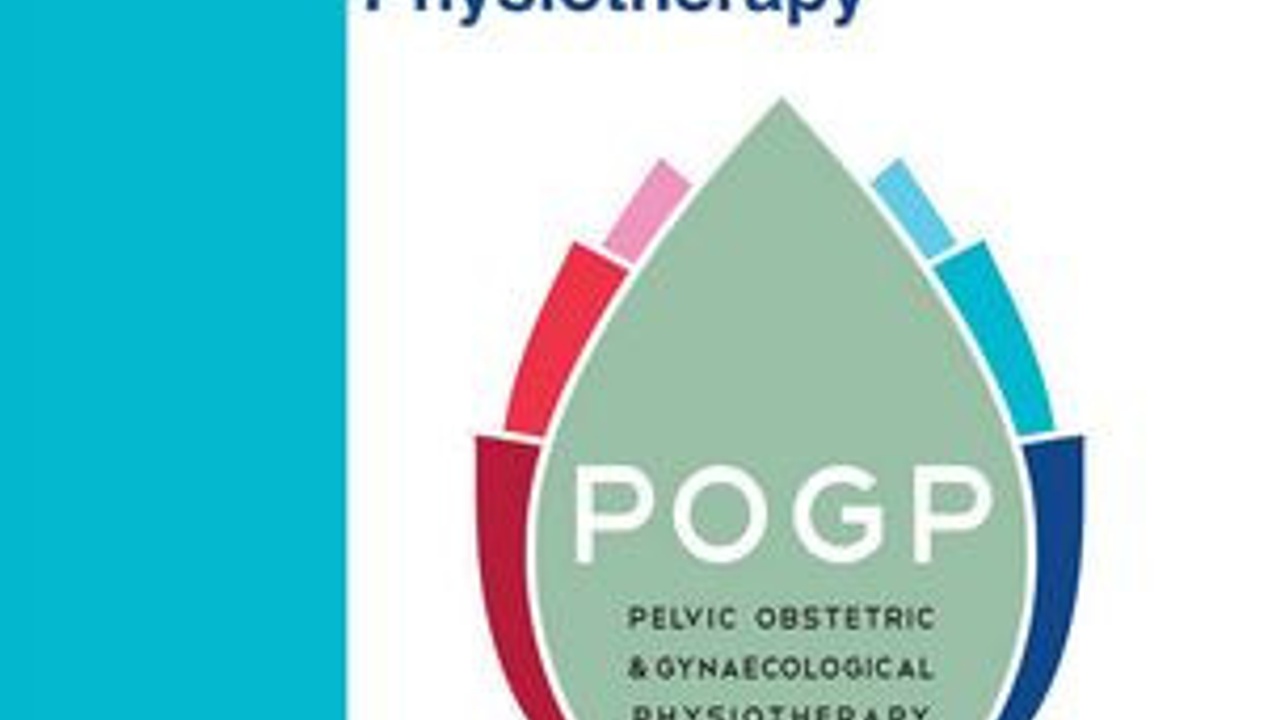In some ways being a pelvic health physio is very similar to being a counsellor – we have the same exposure to emotional trauma and provide emotional support. This article on burnout popped out at me the other day. Unlike counsellors we don’t get training and resources to tell you what to do, and it’s not spoken about.
When my Dad was dying I found myself completely overwhelmed by the needs of others. I love my job, I love the profession, but I was surviving one clinic to the next. I was head-down dug-in, just getting through each interaction and trying to stay alive, keep my Dad alive and support my family practically and emotionally. I was multitasking at an exponential rate; running clinic, running my business, running his medical situation. Working through emotional exhaustion I took everything personally, beating myself up for not ‘giving’ enough to support a patient and therefore taking their lack of progress, their hurt, their need for me to emotionally prop them up personall
...










